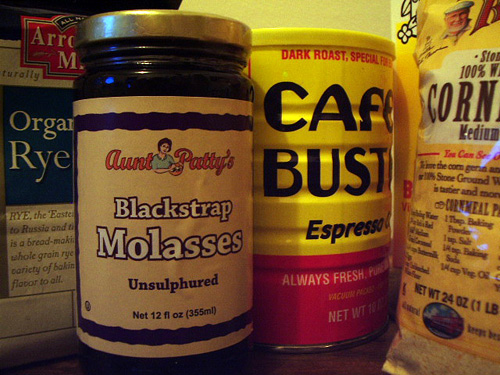
So you thought you could put away the sweaters and pull out the tank tops, did you? Well, no whining. Remember all that basking you did in January? We need this rain, and it's also the last wintery chance to hunker down inside with a fat book and something really good burbling away on the stovetop. Something belly-filling and sturdy, like lentil, black bean, or split-pea soup, all started with a little pancetta or a chunk of ham hock.
Or, for oomph without the oink, a spoonful of Spanish pimenton (smoked paprika) and a handful of Tierra Vegetables' dried smoked onions--what they've dubbed "vegan bacon" for their savory, smoky punch. (Look for them at their farm stand in Santa Rosa or at their booth at the Ferry Plaza farmers' market on Saturday.)
Once you've got your soup, of course, you need bread. Now, the Bay Area is just lousy with fabulous bread. All by itself, the counter of Acme Bread can bring tourists to tears, or at least pitch them into a levain-noshing frenzy. But for the sweetest, most warming, baby-it's-cold-outside experience, you have to make your own. Now, in a future post, I'm going to tell you about baking locavore bread, using a levain starter made from Eatwell Farm's locally-grown wheat, with all the ingredients, even the salt, easily sourced from not too far away. But my starter is still a baby, only a few dozen hours old, its yeasty colonies not tough enough to lift even a little tiny pancake yet.
Until then, what you want is something distinctly non-local, as East Coast as a Red Sox cap or a lobster roll spilling from a toasted Pepperidge Farm bun. Yes, I'm talking about Boston brown bread. Hardly any of my San Francisco pals know from this old-fashioned treat; they're too busy chomping asparagus foccacia or folding injera around their spicy doro waat. By comparison, Boston brown bread is homely, a little dumpy, even. Like any recipe that uses an empty coffee can instead of a baking pan, it has an undeniable whiff of 1950s Fannie Farmer to it.